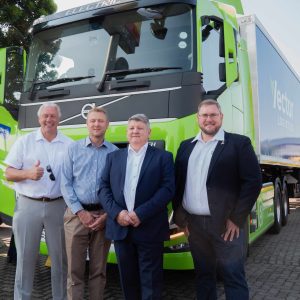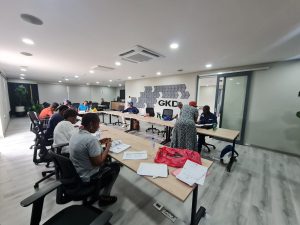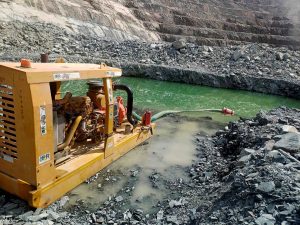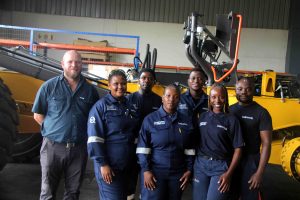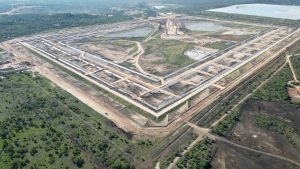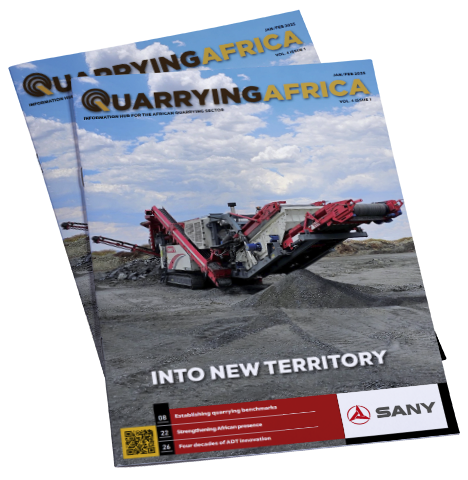Technology to prevent collisions on mine sites has been rapidly advancing, but its application is no simple matter. Booyco Electronics CEO Anton Lourens says that – despite the challenges – there is both the will and the collaboration to allow mines to benefit from the innovations in this field.
“The technological developments – combined with the various legal requirements – have led to quite a complex playing field,” says Lourens. “The evolution of PDS into more functional CPS technologies has only been possible through intense collaboration between mines, third-party suppliers and original equipment manufacturers (OEMs).”
He notes that in South Africa, the Minerals Council has taken a proactive role in facilitating industry cooperation, supported by the leadership of mining companies which are actively pursuing the implementation of these systems even while regulations are still evolving.
“There has been global collaboration in PDS and CPS systems for many years through the Earth Moving Equipment Safety Round Table (EMESRT) – an ongoing process in which Booyco Electronics partakes,” he says. “It is encouraging to see the commitment at a local level too, which ensures that CPS technology has a real impact on mine safety.”
He highlights that CPS suppliers are continuously driven to improve the functionality and performance of their systems. As importantly, those systems must safely integrate with the OEM machines in a systematic and sustainable way so that progress is based on a mutually agreed framework.
“A key step forward in this regard was the industry’s adoption of the ISO 21815-2 standard, which facilitates better integration between third party CPS suppliers and OEM equipment,” says Lourens. “By defining how this equipment should interface with each other, the standard creates a solid safety foundation for progress.”
The basis of effective collision prevention remains the identification of ‘significant risk’, he argues; this is also a legal requirement in terms of the Mine Health and Safety Act. Only once a mine’s specific risks have been well defined, can a suitable CPS strategy be devised and implemented.
“This also makes the choice of technology more rational, as the mine will be clear about what it wants the CPS solution to achieve,” he says. “It is unrealistic to expect any single technology to provide a ‘silver bullet’ for risk management.”

